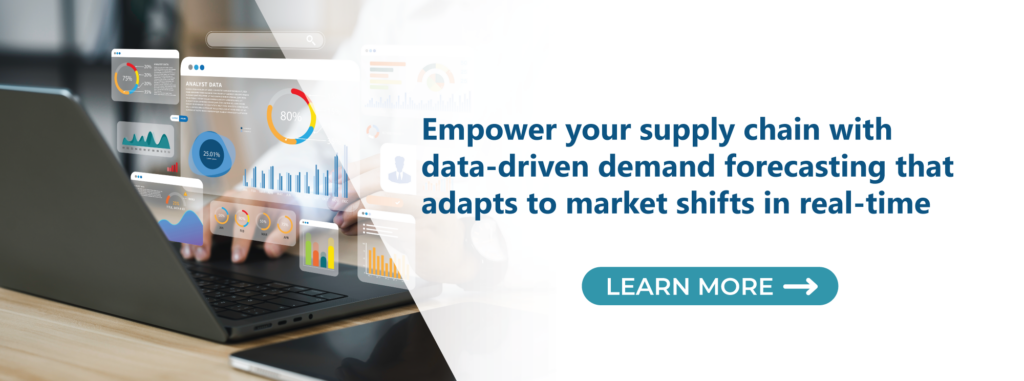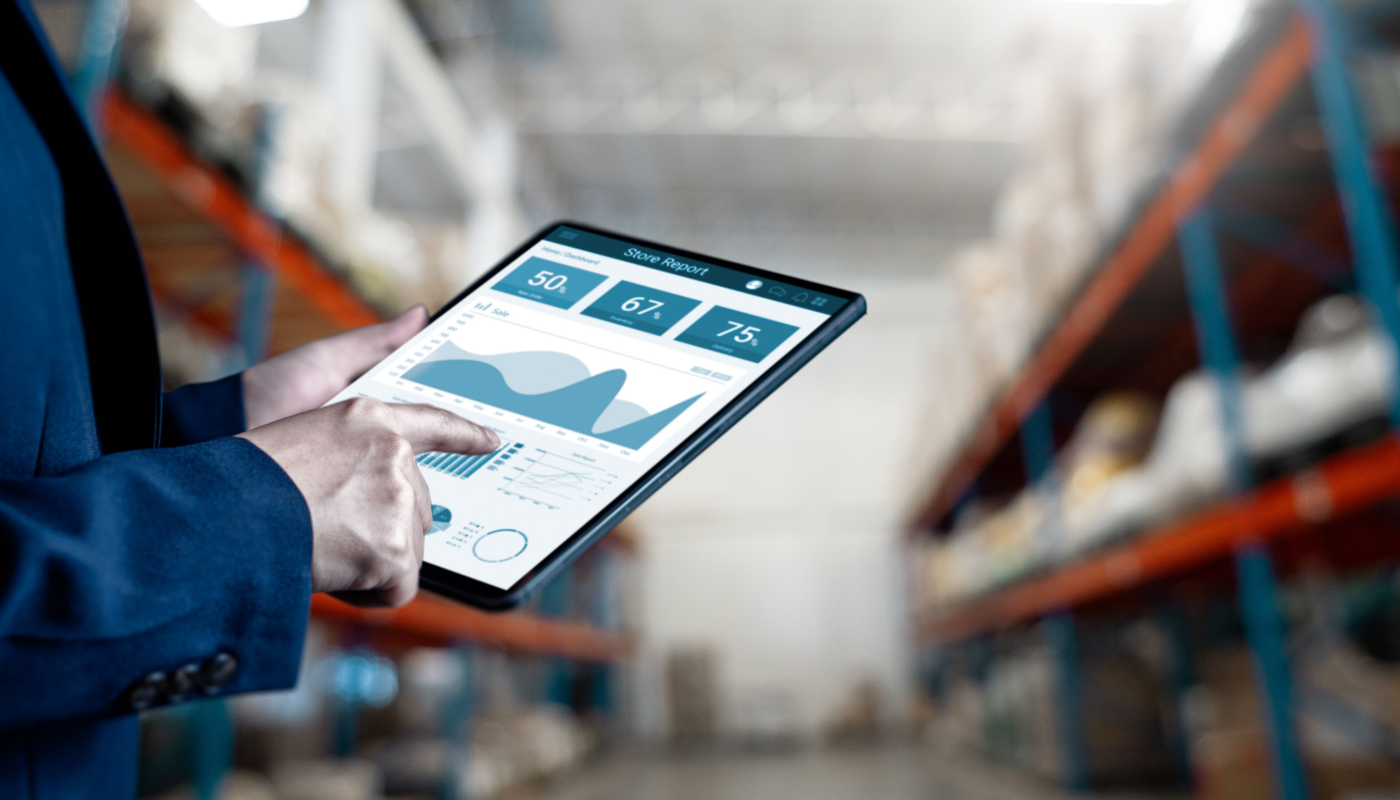When Tariffs Shift the Ground Beneath You, Do You Have the Right Lens to See What’s Coming Next?
The first time a new tariff goes into effect, there’s a scramble. Sourcing teams fire off emails to suppliers. Finance recalibrates cost models. Sales asks if pricing needs to change. And operations? They’re stuck juggling the same production goals with suddenly shifting constraints.
It’s a scene most supply chain leaders have witnessed at least once in the past five years and one that highlights a deeper, more uncomfortable truth:
Our organizations often react to tariffs as exceptions when they are, in fact, becoming part of the norm.
The Illusion of Stability
Many companies build their supply chains assuming a world where input costs are predictable, sourcing routes remain open and geopolitical landscapes evolve slowly. That assumption has not held up well.
Tariffs have become a tool not just for economic protectionism but for negotiation, retaliation and signaling. That makes them less like taxes and more like variables in an ongoing game of global poker.
And unlike hurricanes or pandemics, tariffs are a slow-motion disruption. They give you time to respond, but only if your organization is positioned to anticipate rather than simply absorb the shock.
Why Tariff Strategy Isn’t Just a Supply Chain Problem
What’s missing in many organizations is the realization that tariff resilience is not a modeling problem, it’s a mindset problem.
Yes, sophisticated central planning tools can help quantify the cost of a 15% duty on Chinese steel or a retaliatory export ban on critical minerals. But the strategic decisions that matter most often fall outside the model:
- Do we shift to near-shore suppliers at higher cost?
- Do we hold more inventory at the risk of working capital pressure?
- Should we reengineer products to rely on less restricted components?
- What’s the acceptable level of margin erosion before passing cost increases to customers?
Answering these questions requires alignment across supply chain, finance, product and commercial leadership. It requires a culture of collaborative scenario planning, one that’s prepared to ask “What if?” not just when the tariffs hit, but long before.
Rethinking “Risk Mitigation” as a Competitive Advantage
Tariff mitigation is usually framed as a defensive strategy. But some organizations are beginning to flip the narrative.
- They’re investing in data visibility to monitor policy proposals, not just enacted regulations.
- They’re running simulations that compare different tariff environments and adjusting their product portfolios accordingly.
- They’re using expected volatility as a forcing mechanism to become more agile, building out dual-source options, digitizing supplier collaboration and even aligning ESG goals with political incentives.
In short, they’re building a strategic posture rather than just a tactical response.
Where to Go From Here
It’s not about predicting the next tariff, it’s about building the internal muscles to flex, shift and adapt when it happens. That takes more than a better model. It takes governance, culture and a shift in how supply chain is seen: not just as a cost center, but as a strategic partner.
So the next time tariffs enter the conversation—whether from policy papers or breaking news—the question shouldn’t be “how do we react?”
It should be: Are we the kind of organization that’s ready—no matter what shape the disruption takes?






